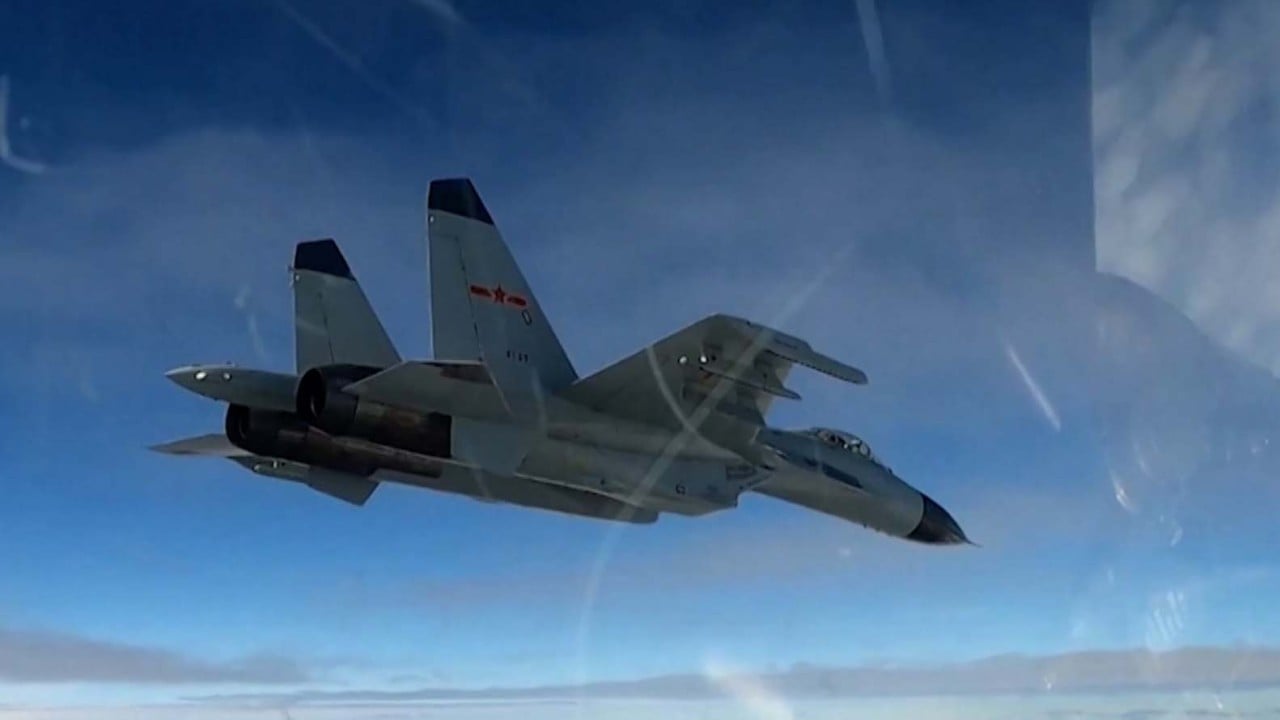
AI just predicted the price tag for Beijing’s South China Sea ambitions
- Computer simulations suggest building and maintaining a logistics network across dozens of islands would cost billions of yuan
- Beijing aims to strengthen claims on sovereignty in the disputed waters by promoting economic development, infrastructure
The total cost of those facilities would range from 6 to 20 billion yuan (US$870 million to US$2.9 billion) over a decade, depending on the government’s ambitions, according to the computer simulation.
To save money, China could control as few as 17 small islands, said Zhao Bing, an associate professor at the Transportation Science and Engineering College, Civil Aviation University of China in Tianjin, who led the research team.
In this case, it would cost 20 billion yuan to build new harbours, warehouses and fleets of cargo ships as well as maintaining regular plane services between the Chinese mainland and 20 island airports, said Zhao and her team in a paper published on February 14 in the Chinese journal Operations Research and Management Science.
The logistics network they simulated would enable China to send support personnel and materials to any isle within six hours after a typhoon or other unexpected events, the researchers said.
But calculating the costs of such an endeavour over a vast area presented challenging mathematical problems.
Philippines vows to do what it takes to defend territory amid China spat
Zhao’s team said they were inspired by genetic evolution to develop a new AI algorithm that could solve the problems more efficiently than traditional tools.
The existing AI model only considered fixed-wing aircraft for air transport. A version under development will include helicopters, “which can make the situation more complicated”, the team said.
China and US flex military might around Taiwan as tensions flare between rivals
“It has become a top priority to build a logistics network that can operate effectively and coordinate various modes of transport,” they added.
There are about 250 reefs and islets in the South China Sea, with nearly 70 of them currently occupied by five claimants, according to the Centre for Strategic and International Studies (CSIS), a think tank based in Washington.
Vietnam has built up about 50 outposts, more than any other country in the region, according to the CSIS.
China ranked second with less than 30 outposts – 20 in the Paracel Islands and seven in the Spratlys.
Other islands are occupied by Malaysia, the Philippines and Taiwan.



